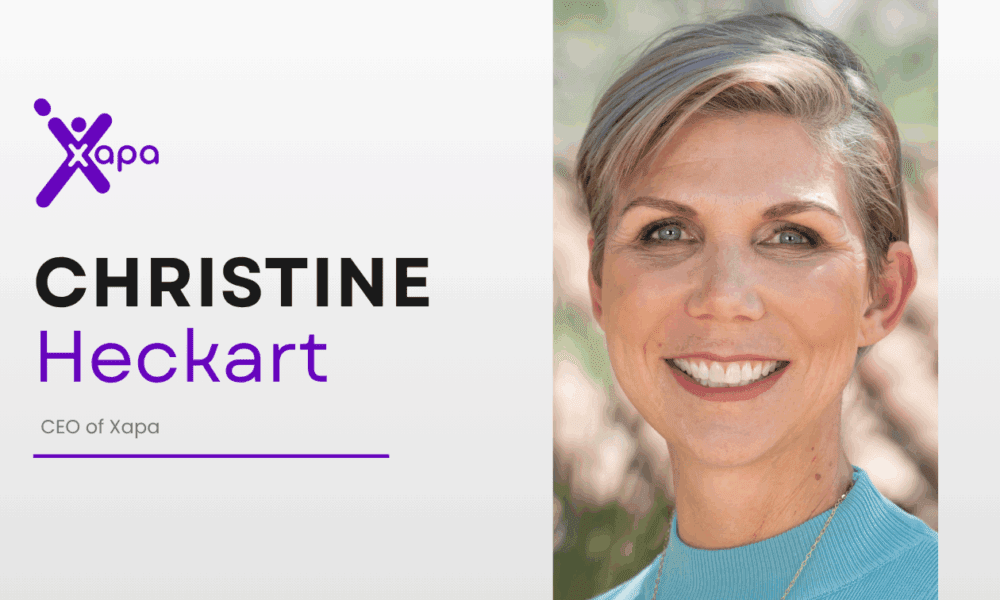Technology has become one of the most powerful drivers of workplace productivity. From communication platforms to workflow automation, digital tools help teams work smarter, stay organized, and achieve goals more efficiently. Simply adopting new technologies is not enough. The key lies in choosing the right solutions and integrating them thoughtfully into everyday workflows. When used strategically, technology can eliminate bottlenecks, enhance collaboration, and create a work environment where employees thrive.
Image Source: https://unsplash.com/photos/woman-in-blue-long-sleeve-shirt-using-macbook-pro-9yCYGgPe5Kg
Streamlining Project Management Processes
Efficient project management is at the heart of every productive workplace. Without clear organization, teams waste time on miscommunication, duplicated efforts, and missed deadlines. The right project management software provides visibility into tasks, responsibilities, and progress, enabling teams to align more effectively.
Platforms that include task boards, shared calendars, and milestone trackers keep everyone informed and accountable. By centralizing information in one place, teams reduce the need for lengthy status meetings and constant follow-ups. With real-time updates, project leads can quickly identify potential delays and adjust plans accordingly. A well-structured digital project management system ensures that work moves forward smoothly, even in fast-paced environments.
Enhancing Team Collaboration Through Technology
In modern workplaces, collaboration often extends beyond office walls. Distributed teams, remote work, and cross-departmental initiatives demand tools that enable seamless communication and coordination. Platforms that combine chat, video conferencing, and file sharing provide an integrated space where teams can collaborate in real time, regardless of location.
This is valuable during planning stages, where clear communication sets the tone for project success. For example, sprint planning tools and tips can help teams break down complex goals into manageable tasks, ensuring that everyone understands priorities and timelines. These resources improve team alignment and reduce confusion and rework, making collaboration more efficient and productive.
The most successful teams use collaboration technology to maintain transparency. Features such as shared document editing, version control, and searchable communication histories ensure that critical information is always accessible. This openness fosters trust, accountability, and a culture of shared responsibility.
Automating Routine Tasks to Free Up Time
Repetitive administrative tasks often consume valuable hours that could be better spent on high-impact work. Automation technology helps solve this problem by handling routine processes quickly and accurately. Automated scheduling tools can coordinate meetings without endless email chains. Data entry and reporting tools can process information far faster than manual methods, minimizing errors and saving time.
Workflow automation software allows businesses to create rules that trigger actions automatically when specific conditions are met. For example, once a task is completed, the system can notify the next team member, update project dashboards, or send reports to stakeholders. By eliminating manual handoffs and repetitive work, employees gain more time to focus on strategic initiatives, creative problem-solving, and skill development.
Improving Focus with Digital Time Management Tools
Distractions are one of the biggest productivity killers in modern workplaces. Constant notifications, frequent task switching, and digital clutter fragment attention and make it difficult to engage deeply with meaningful work. Research consistently shows that regaining focus after an interruption can take several minutes, and repeated disruptions throughout the day can lead to significant losses in productivity. For teams working on complex or creative tasks, maintaining sustained concentration is crucial to delivering high-quality results.
Digital time management tools offer structured methods to address these challenges. They help employees take control of their work environment by reducing external interruptions and encouraging intentional focus periods. Applications that block distracting websites prevent mindless browsing and limit the temptation to check social media or unrelated platforms during critical work hours. Other tools allow employees to mute nonessential notifications temporarily, creating quiet, uninterrupted blocks of time for high-priority tasks.
Leveraging Data Analytics for Smarter Decisions
Productivity thrives when decisions are based on accurate, timely data rather than assumptions. Analytics platforms collect and visualize information about workflows, employee engagement, customer behavior, and resource allocation. Managers can use this data to identify inefficiencies, allocate resources more effectively, and make informed strategic choices.
For example, if data shows that certain tasks consistently take longer than expected, leaders can investigate the causes, adjust timelines, or provide additional support. Analytics can highlight top-performing teams or individuals, revealing best practices that can be replicated across the organization. By turning raw data into actionable insights, technology empowers companies to make smarter, faster decisions that enhance productivity.
Supporting Employee Well-Being Through Technology
True productivity is not just about output; it depends on employee well-being. Overwork, chronic stress, and burnout can undermine even the most efficient workflows by reducing focus, increasing absenteeism, and lowering morale. When employees are mentally and physically exhausted, the quality of their work suffers, regardless of how many tools or processes are in place. Recognizing the connection between well-being and performance is crucial for organizations that want to sustain productivity over the long term.
Technology can play a powerful role in supporting well-being by providing tools that encourage balance and reduce unnecessary strain. Modern workplace solutions are increasingly designed with employee wellness in mind, helping teams manage their workload, set healthy boundaries, and build better habits throughout the day.
Wellness apps integrated into workplace systems can offer gentle reminders to take breaks, stretch, or practice short mindfulness exercises during extended work periods.
Ensuring Smooth Integration and Training
Introducing new technology requires more than simply rolling out software and hoping employees will figure it out. Even the most advanced tools can fall short if teams are not properly guided through the transition. Employees need time, structured training, and consistent support to adapt to new systems effectively. Without these elements, poor integration can lead to confusion, frustration, and resistance, ultimately causing tools to be underused or abandoned altogether. This wastes resources and can disrupt established workflows and reduce productivity.
Successful implementation starts with selecting tools that align closely with existing workflows. Instead of forcing employees to overhaul their entire work process, companies should choose technology that integrates seamlessly with platforms and systems already in use. When new tools complement familiar processes, the learning curve becomes less intimidating and adoption rates increase. Compatibility across different software solutions is equally important.

Boosting workplace productivity with technology requires thoughtful planning, strategic selection, and proper implementation. By streamlining project management, enhancing collaboration, automating repetitive tasks, supporting focus, leveraging analytics, prioritizing well-being, and ensuring smooth integration, businesses can unlock the full potential of their workforce. The right tech empowers teams to work smarter, make better decisions, and achieve more without unnecessary stress.





























